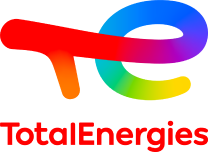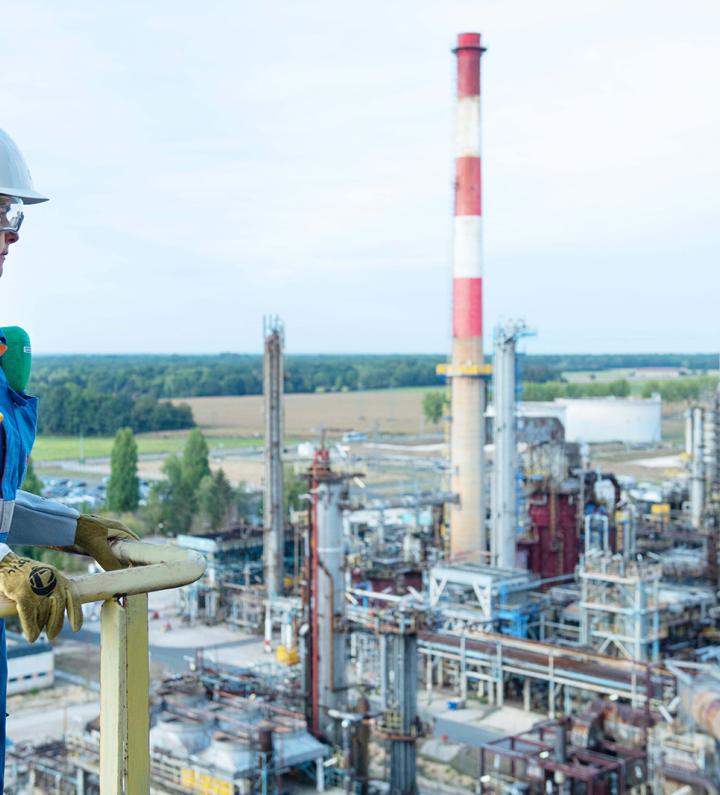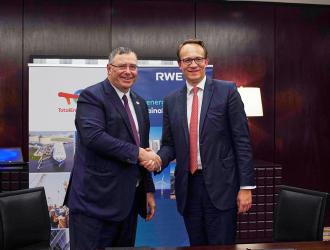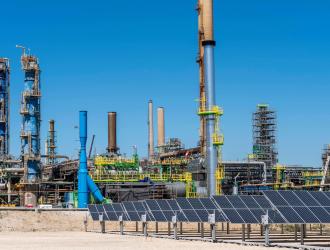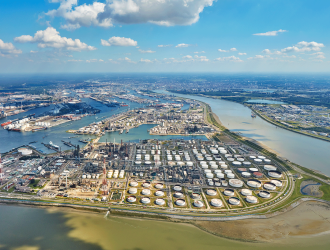06/18/2025
Decarbonizing our operated sites (Scope 1 and 2) is at the heart of our ambition to supply more energy while reducing GHG emissions. TotalEnergies is committed to reducing the carbon footprint associated with the production, transformation and supply of energy to its customers. One of the levers identified by the Company is the use of low-carbon(1) hydrogen to decarbonize its European refineries, which would reduce their direct CO2 emissions by up to three million tons a year by 2030.
